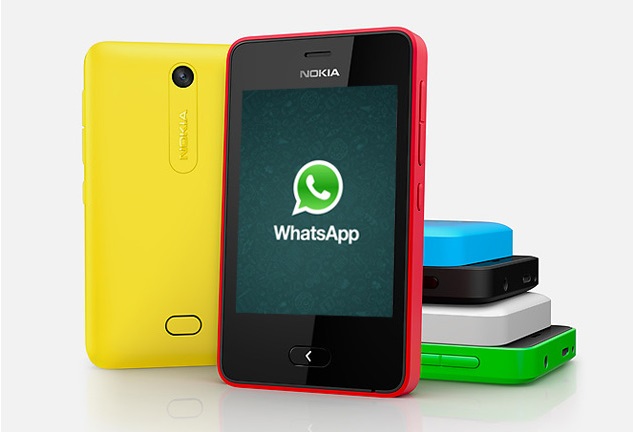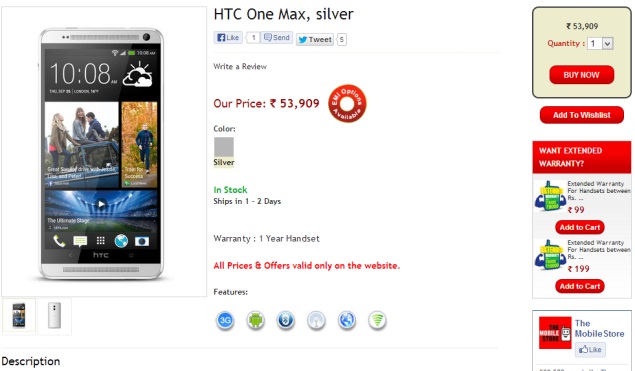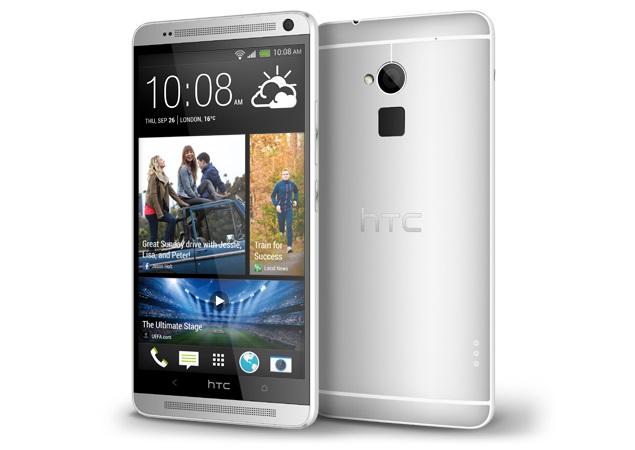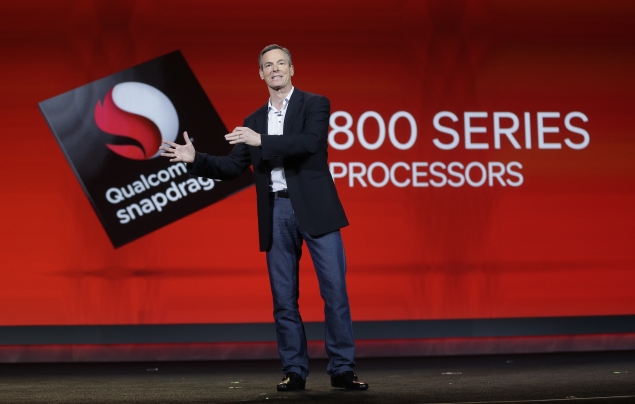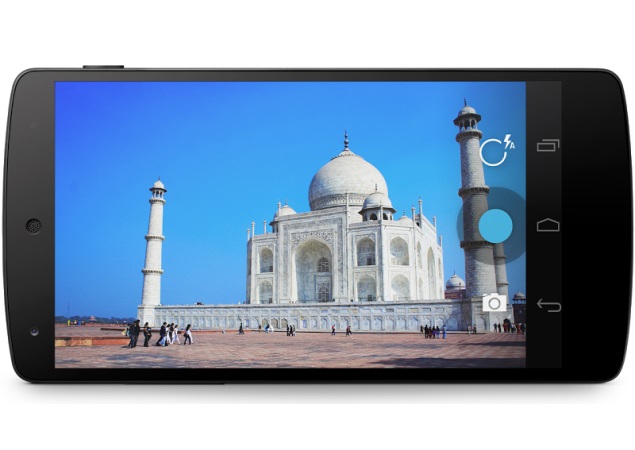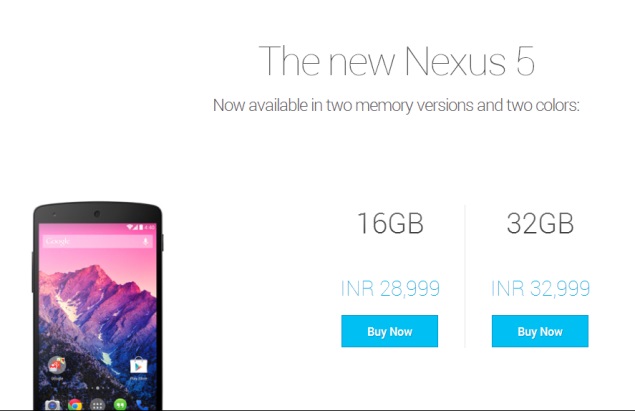Review: The Moto X is the most convenient Android phone ever
(1 items)
Motorola Moto XThe Moto X reveal didn’t deliver the super phone many Android fans were hoping for, but Motorola’s latest flagship handset isn’t playing the spec game like Samsung and HTC. With the Moto X, Motorola and Google are changing the way we interact with our devices, opting to cram the phone with sensors rather than extra processing cores. The philosophy behind the Moto X is a laudable one, and I hope that other Android phone manufacturers take note: Your phone should work with you to make your life more convenient.
”Okay Google Now”
The Moto X is packed to the brim with sensors that help it predict what you’ll need from it next. For instance, the phone will automatically display the time when you slide it out of your pocket or pick it up, without you having to press the power button. It’s convenient and helps save some battery life since it doesn’t light up the entire screen, only a small portion of it. I’m a big fan of the feature and wish someone had thought of it sooner.
Another interesting feature of the Moto X is Active Display. The phone lacks a notification LED, so all your notifications show up on the lock screen. The screen will pulse softly when you have a new notification, and you can easily see which apps are trying to get your attention. If you want to see more information about a certain notification, you can press and hold the center of the screen while Active Display is on to see a small preview. Active Display works with all Android apps that give you a notification, and you can manually select which apps utilize the feature should you find too many of them clogging up your screen.
The Moto SmartActions app that was on previous Motorola phones has been replaced by a new Moto Assist app. Whereas SmartActions let you create a wide variety of actions to help automate your phone and get the most out of it, Moto Assist is extremely basic and only offers actions for when you’re driving, sleeping, or in a meeting.
The phone can detect when you’re driving and can read aloud your text messages to you and tell you who is calling. You call also set the phone to silence itself between certain times, similar to the Do Not Disturb feature introduced on iOS 6. Moto Assist is certainly less complicated than SmartActions, but I liked the flexibility of SmartActions and hope Motorola can add additional actions to Moto Assist in future updates.
The headlining feature of the Moto X, however, is Touchless Control: With Touchless Control enabled, you can speak commands to your phone without having to interact with it in any physical way. The feature is built atop Google Now, and you trigger it by saying “Okay Google Now,” followed by your command. You won’t get jokes and stories like you do with Siri, but I’ve often found Google Now to be better and faster at processing my speech than Apple’s virtual assistant.
When you first set up Touchless Control, you need to train the software to recognize your voice, and I tested to make sure other people couldn't activate my phone by saying the trigger phrase. The feature worked extremely well when used from a few feet away, however, and Google's voice processing software was quite accurate at understanding my queries—even in noisy environments. Touchless Control will activate if you yell across the room, but the couple of times I tried it Google Now wasn’t able to parse my request. It’ll come in handy when you’re driving or just want to impress your friends.
The Moto X ships running Android 4.2.2 Jelly Bean, though Motorola promised the phone would be updated to 4.3 in a timely manner. The Moto X is not a Nexus device, so it won’t be updated at the same pace as the Nexus 4 or the Nexus tablets. Motorola has generally been good about updating its phones, but it’s something worth noting if you were hoping to have your hands on the latest version of Android right out of the gate.
Designed by you
For the longest time Motorola was making phones that were more functional than fashionable. Last year’s Verizon Droid Razr line, for example, provided exceptional battery life and performance, but the phones were boxy and somewhat awkward to hold. The Moto X, by contrast, features a curved back that rests gently in your hand, and the phone feels much more compact compared to its Droid cousins. Measuring 65.3 by 129.3 by 10.4mm (at the phone’s thickest point), the Moto X isn’t much taller than the iPhone 5—though it is wider and heavier than Apple’s offering. One of my big issues with the iPhone 5 is that its narrow frame can make it seem top-heavy and I always feel like it’s going to flip out of my hands. That problem never even entered my mind while handling the Moto X, whose wider chassis seemed to conform perfectly to my palm.
The Moto X is constructed out of a composite blend that Motorola adamantly denies is plastic. The material doesn’t feel as flimsy as the polycarbonate used on theSamsung Galaxy S4, and it didn’t get greasy or gross after handling the phone for a prolonged period of time. I’m still not convinced that it isn’t plastic, but the material doesn’t make the phone feel cheap and it seems like it can stand its fair share of abuse.
The phone will be available in white or black if you pick it up in-store, but you can also order a customized Moto X online through Motorola’s Moto Maker website and have it shipped to you in four days. There are hundreds of different colors available for the back of the phone—as well as the camera ring, volume rocker, and power button—but you’re limited to white or black for the front face of the device. Unfortunately these customization options will be limited to AT&T at launch, though Motorola did say that other carriers will follow shortly after. Another point worth noting is that the 32GB version of the Moto X will only be available through Moto Maker, so you’ll need to settle for the 16GB version or wait until Moto Maker is available for your carrier of choice.
Dual-core and lag-free
Unlike Samsung, HTC, LG, and pretty much every other Android phone manufacturer out there, Motorola isn’t competing when it comes to specs. While hardcore Android fans will take one look at the Moto X’s spec sheet and scoff at the phone’s 4.7-inch, 1280-by-720p AMOLED display and 1.7GHz dual-core Snapdragon S4 processor, there’s a lot more to a handset than the type of chips it uses or the resolution of its display. Motorola and Google worked closely together to optimize Android for this hardware, and the results of that collaboration are telling. To put it bluntly: The Moto X feels faster than many of the quad-core phones I’ve used in the past year.
Apps open instantaneously, there’s no lag when jumping from an app back to the home screen, and the phone doesn’t hang when trying to install multiple apps at once. Even games like Riptide GP2, the game that Google chose to showcase the beefy quad-core processor in the new Nexus 7, looks as good and runs as well as it did on Google’s new tablet. If anything, the Moto X proves that you don’t need a beefy quad-core processor to have a lag-free Android experience.
Motorola rates the nonremovable battery in the Moto X at 24 hours of mixed use. In my four days with the phone I’ve only had to charge it twice: Once when I got it on Thursday, and a second time when I came into the office on Monday. Granted I only used the phone casually—checking email, browsing the web, taking photos, and messing around with Google Now—but the phone seems like it’ll make it through an entire day on a single charge. If you’re someone who’s constantly on their phone playing games, however, I can see the battery running dry in about 4-5 hours of constant use.
I was given the Verizon version of the Moto X to test and was overall satisfied with the phone’s download speeds and call quality. Although it’s not as fast as when it first launched, I had very few problems streaming music and downloading apps over Verizon’s LTE network, and the cross-country call I made had zero static on either end of the line. One of the people I called remarked that I sounded like I was standing right next to them—even though I was 2903.5 miles away. Impressive.
Camera is hit or miss
Although the 10-megapixel camera on the Moto X is absolutely better than the cameras on any of Motorola’s previous smartphone endeavors, the photos it captures are nothing to write home about. Indoor shots looked okay, but suffered from a number of artifacts and were sometimes overexposed. Shots taken outdoors were sharper, but often came out too dark if you didn’t have superb lighting.
The camera has an RGBC sensor, which features a fourth, clear pixel that’s supposed to help it perform better in low-light environments. I shot some photos at night to test out the camera’s performance and was disappointed with the results: Photos were grainy and using the flash often left my subjects looking washed out. The camera performed better than the iPhone 5 with these night shots, but if you want stellar low-light performance you’re going to want to pick up the Nokia Lumia 1020 or HTC One instead.
Bottom line
I have to give Motorola and Google some credit: They’ve demonstrated that we don’t need bleeding-edge specs to get a solid smartphone experience. The Moto X announcement may not have lived up to everyone’s hype, but the phone itself is still worth considering. At $200 on contract, you’re getting a phone that performs as well as “high-end” smartphones like the HTC One and Samsung Galaxy S4 while still offering helpful extras like Touchless Control and Active Display.
I have my reservations about the Moto X shipping with an older version of Android and I question how well the X8 system architecture will perform a year from now, but I think Motorola and Google have a winner with their latest handset. It’s not quite a Nexus, but it’s the closest you’re going to get to one while still being on contract somewhere other than T-Mobile.
















